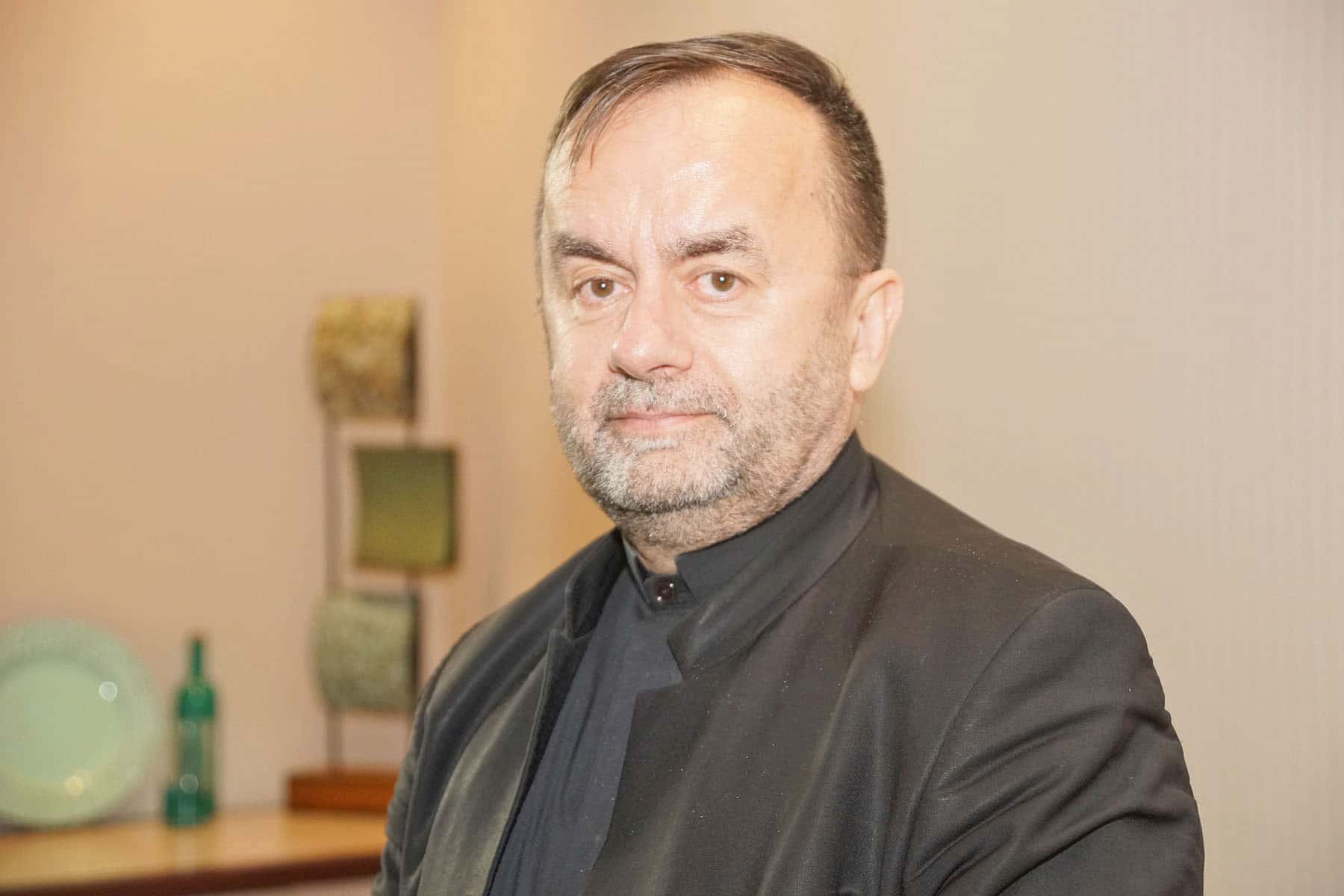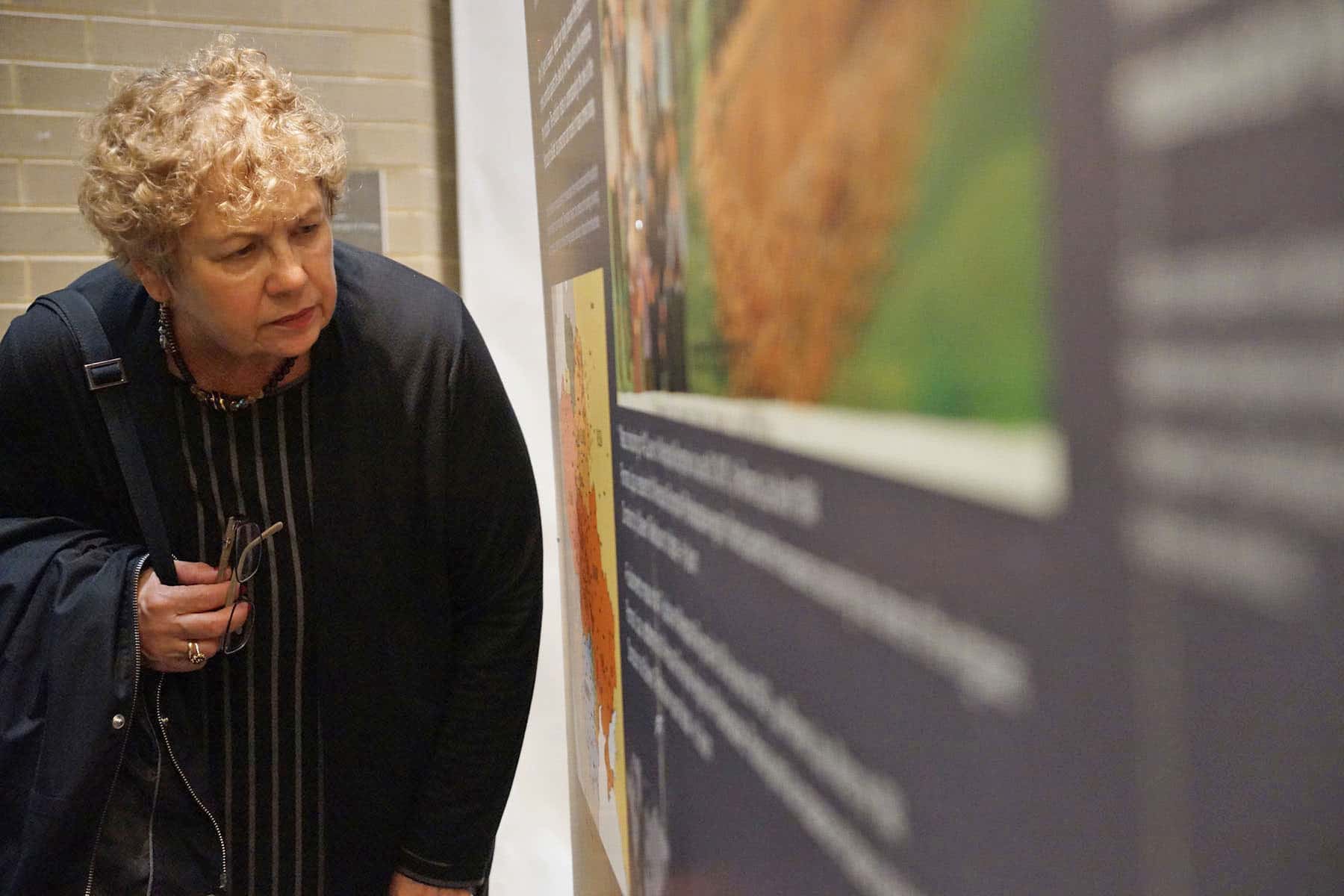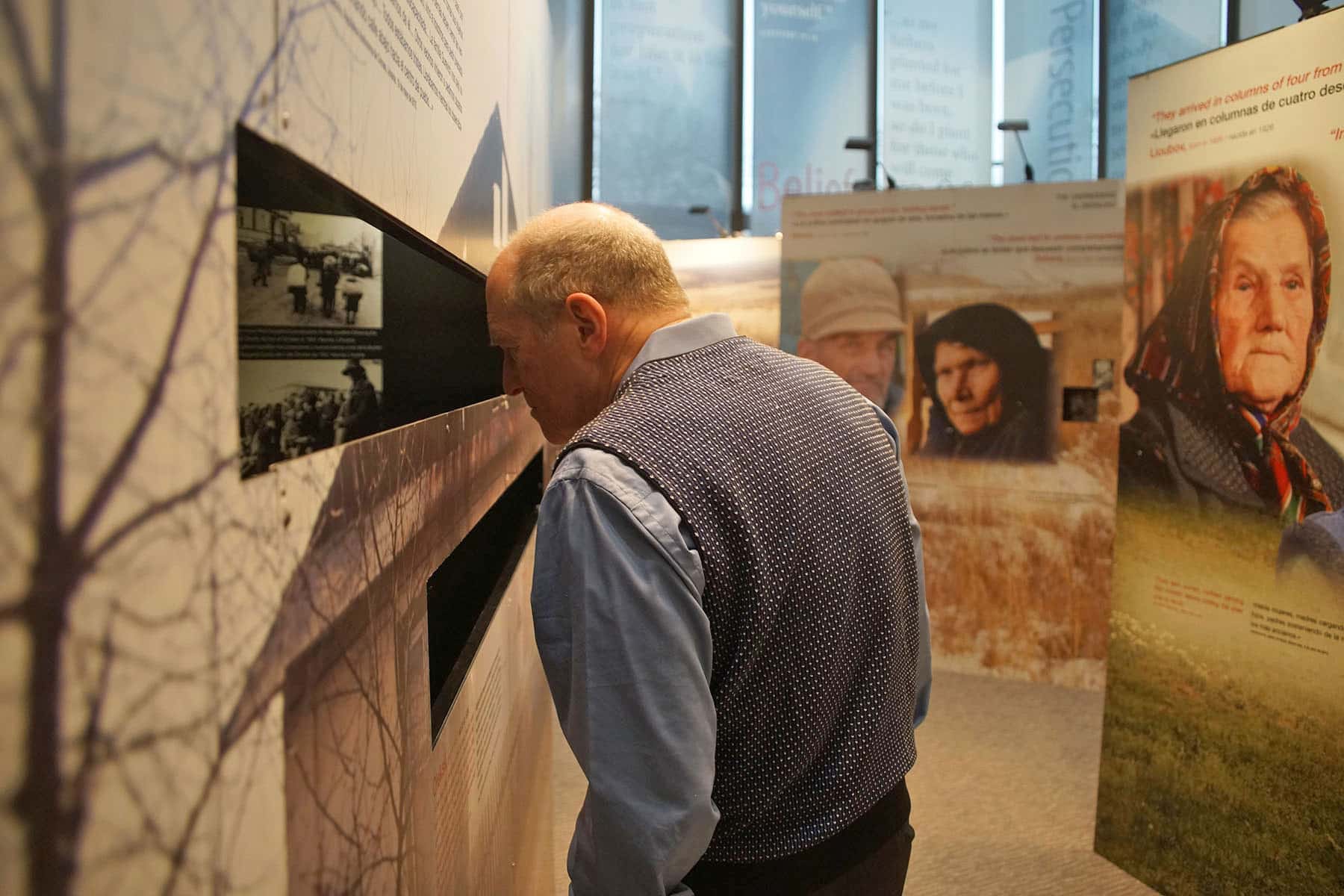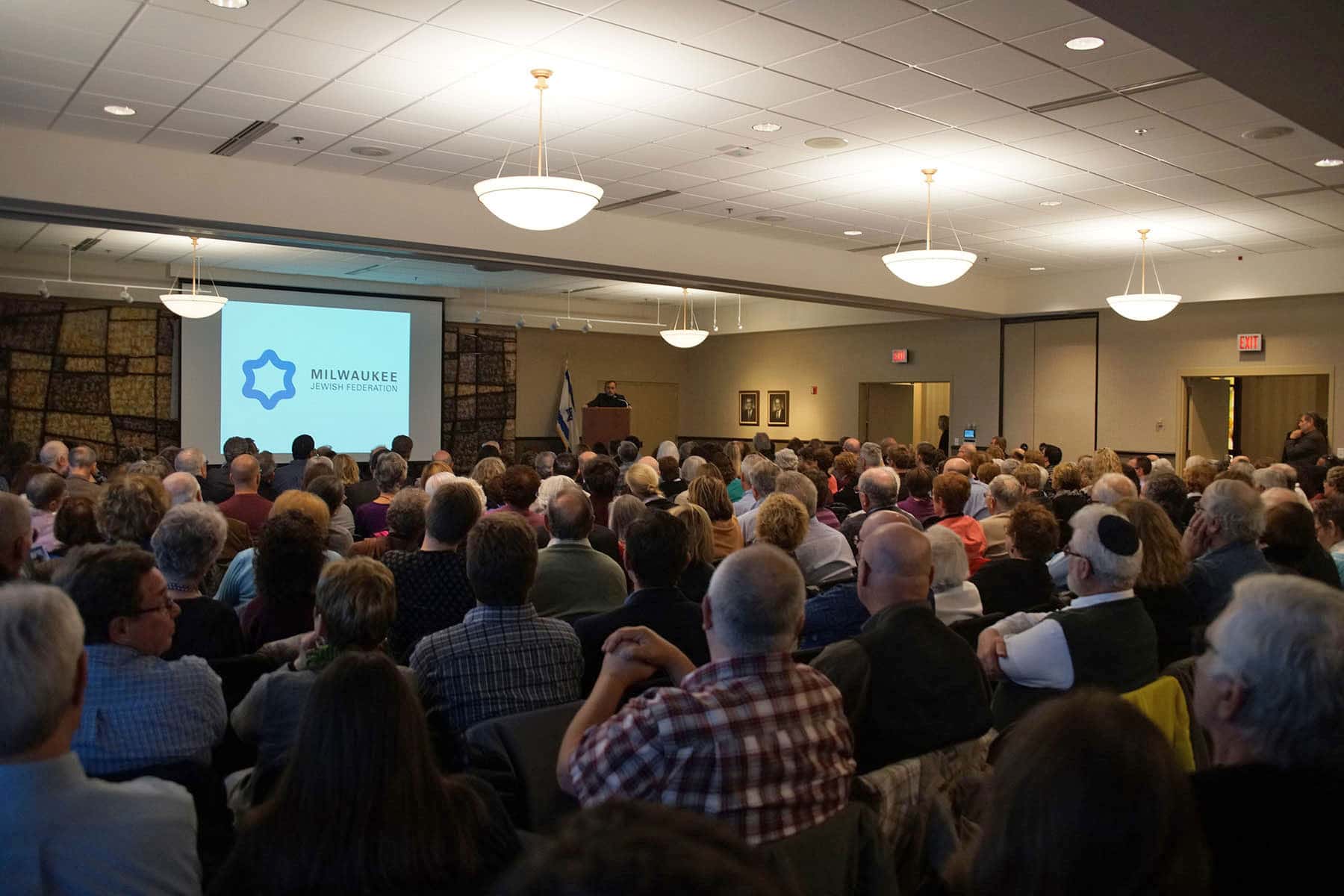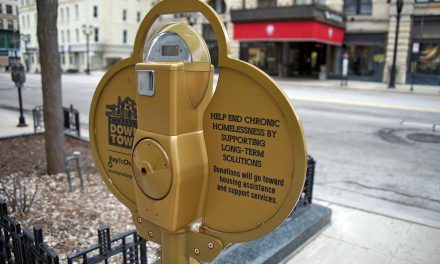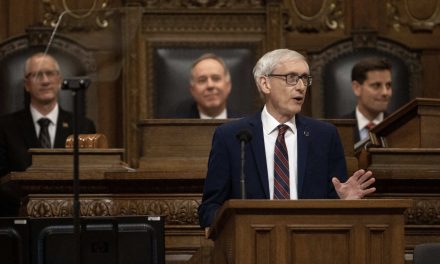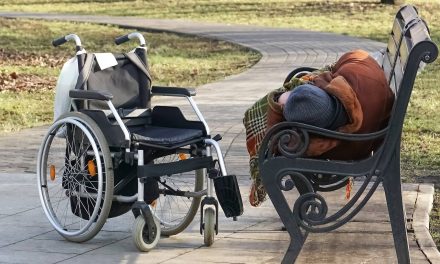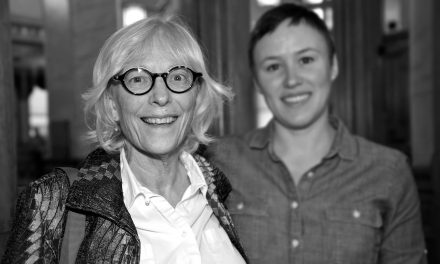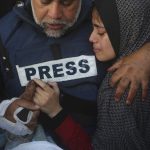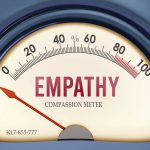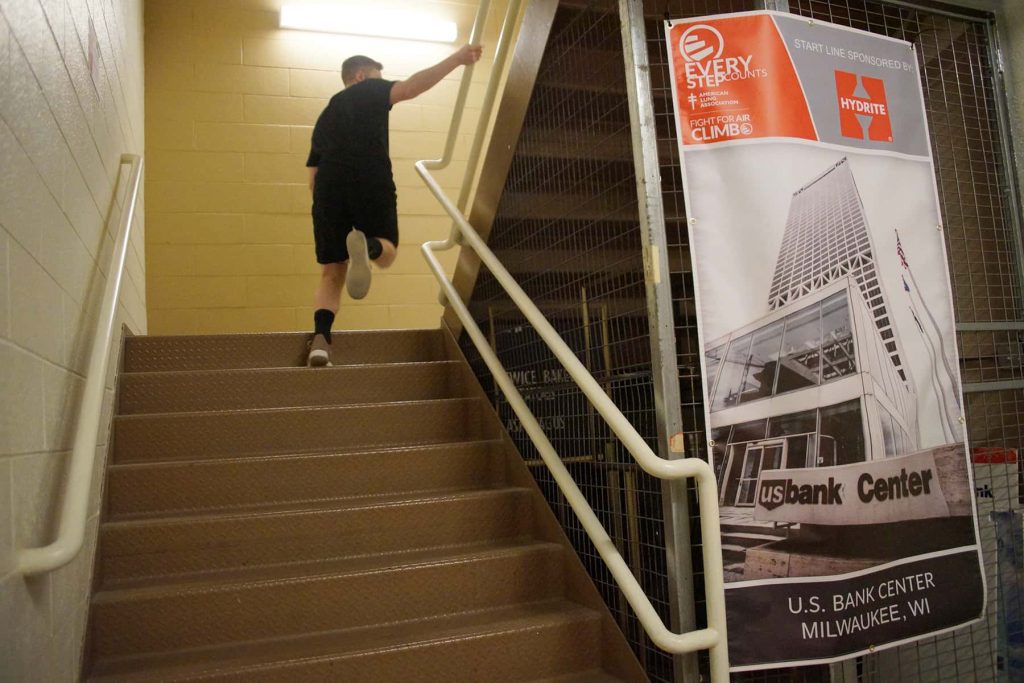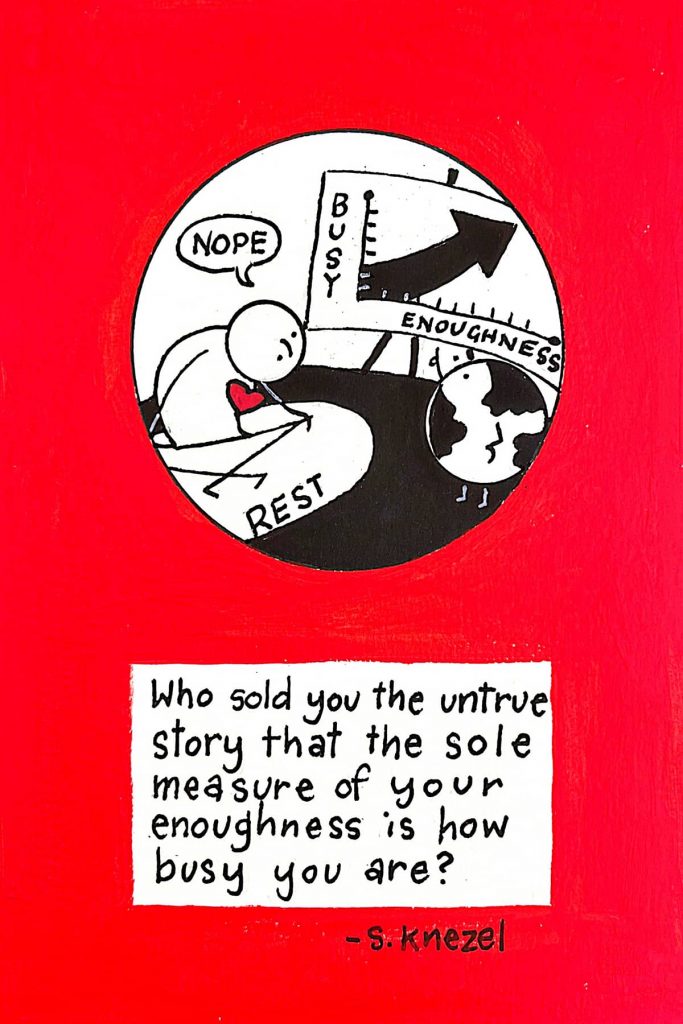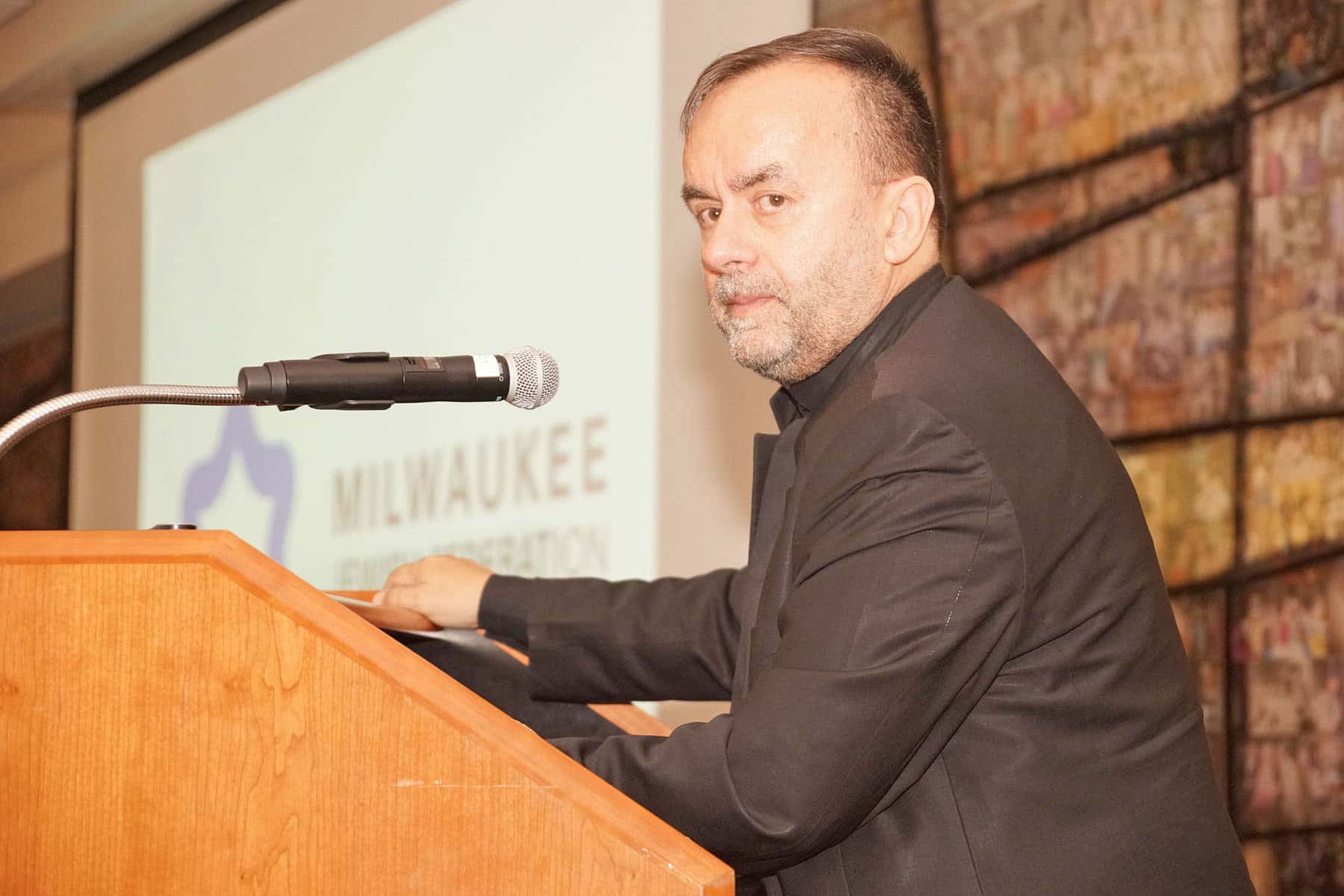
Images of the Holocaust are forever ingrained in the public memory from old photographs of Jews being put on trains for destinations like Auschwitz or Treblinka, locations where millions were exterminated in secret. But those powerful images showed only half of the Jewish victims of the Holocaust.
Father Patrick Desbois, a Catholic priest from France, has dedicated his life to telling the story of the more than two million Jews who were kiIIed on Soviet territory. For the opening program of the Holocaust by Bullets at the Milwaukee Jewish Museum, Father Desbois gave a public lecture to a sold out room of 250 people on April 19 at the Rubenstein Pavilion.
The Milwaukee audience listened, often in shocked silence, about the work that led to the exhibit based on his book, and details of his historical forensic work over the past decade (PLAY AUDIO).
“It is critically important to hear about what is happening with his work and to find those mass graves,” said CEO of Milwaukee Jewish Federation and daughter of a Holocaust survivor, Hannah Rosenthal.
In 2015, the Milwaukee Jewish Federation sponsored a group of Milwaukee residents that went to Poland, followed by a 2016 trip to Lithuania. They traveled to the recently uncovered sites of mass executions. Rosenthal began her friendship with Father Desbois when she was a special envoy for the State Department.
Unlike the concentration camps, these murdеrs that Father Desbois chronicled were carried out in public, in broad daylight, along the side of a road on the way to train stations. The mass graves remained a secret for decades, with little visual documentation to record the atrocities. But the eyewitnesses remained, who shared their memories and showed Father Desbois the general locations of the buried victims.
Eyewitness told what they saw seventy-five years ago. Metal detectors found jewelry that Jewish women threw into the dirt, rather than have it taken from the people who were about to kiII them. Bullets were gathered from sites and used to identify the kiIIers by the markings on the bullet casings. These relics offer proof that cannot be challenged.
His book The Holocaust by Bullets: A Priest’s Journey to Uncover the Truth Behind the Μurdеr of 1.5 Million Jews is part personal memoir and part professional legal brief for a war crimes tribunal. Father Desbois had no connection by personal heritage or history to the tragedies, but he was so moved by the injustices he discovered that it became his mission.
In the days before the Nazis invented the gas chambers, they used to march Jews from small towns into the forest where they were shot and dumped into open mass graves. The soldiers were ordered not to use more than one bullet per Jew in order to preserve the supply of bullets for the war effort.
“A bullet, a Jew, a cartridge. Three hundred cartridges, 300 bullets, 300 people executed here,” Father Desbois wrote after uncovering one gravesite.
Father Desbois travelled through Eastern Europe for over a dozen years, to the small towns where surviving villagers took him to the kiIIing fields. He used metal detectors to find the buried bullets, and them as evidence. Based on his extensive research, he concluded that another one to one and a half million Jews had been kiIIed in the forests of Eastern Poland and Ukraine. All of whom were totally undocumented. In several cases, villagers told him the ground was moving for three days, because wounded Jews and infants who were thrown in alive. It took them that long to die.
“The camp was situated about 2km away from the military barracks and 2km away from the village. I don’t remember its name, but Roma slept in bunkers and tents inside the camp. It was forbidden to go out of the camp. There was a market near the camp where locals brought food to barter. I still can’t forgive myself for not having helped them. I was Roma, just like them. Moreover, my family members were also deported. But I could do nothing.”
– Ion H. (born in 1921) Romania, an eyewitness account
Between 1941 and 1944, more than 2 million Jews were massacred when Nazi Germany invaded the Soviet Union. The Nazis conducted the majority of the gеnоcіdе by deporting Jews to death camps, located mostly in Poland. However, in the Soviet Union the murdеr was local because of the region was inadequate for railway systems and the capacities of the death camps.
Unable to easily transport the Jews to the camps, The Nazis used mobile execution units, like the Einsatzgruppen. They gathered, shot, and kiIIed the Jews on their home soil. Villages became execution sites and non-Jewish villagers became living witnesses.
After the executions, the Nazis buried their victims in mass ditches and continued on to another village. With bodies and bullets beneath the ground, there was little indication of what terrible things had occurred. Knowledge of the gеnоcіdеe was limited mostly to the Nazis and the local neighbors that had been forced to watch. Traumatized and fearful, few of these witnesses ever spoke about what they had seen. Because of this silence and the lack of visible evidence, there existed little record of the mass murdеr that occurred for decades, only coming to light recently.
“We must always speak out against any act of hatred or any hateful language. That did not happen during the Holocaust, the silence caused millions of lives,” stated Rosenthal. “But now we see ISIS using the same game plan as Hitler, and yet no one has been held accountable. We have to take the lead on calling out the ISIS actions, as well as other forms of hatred occurring in our community, our country and beyond.”
Father Desbois started the nonprofit Yahad-In Unum. The name combines the Hebrew word Yahad, meaning “together,” with the Latin phrase In Unum, meaning “in one.” Yahad-In Unum is the only Christian organization in the world that is dedicated to documenting the history of gеnоcіdе.
The Holocaust by Bullets exhibit is free to the public and runs through May 23 at the Milwaukee Jewish Museum on 1360 N. Prospect Avenue.

